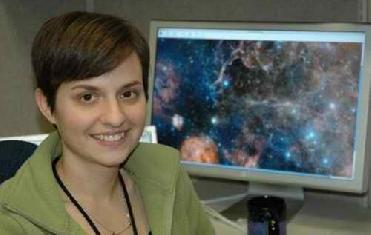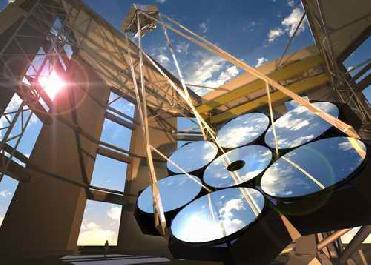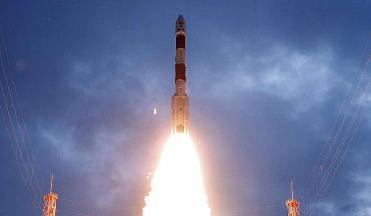
Ali Vanderveld, a post-doctoral cosmologist at NASA's Jet Propulsion Laboratory. NASA photo
WASHINGTON (BNS): Scientists trying to unravel the mysteries of the dark energy reached an astonishing conclusion a decade ago that the Universe was accelerating apart at ever-increasing speed, stretching space and time itself like melted cheese.
Bogged by questions like 'Is dark energy really real? and 'Is our universe really accelerating?' Ali Vanderveld, a post-doctoral cosmologist at Jet Propulsion Laboratory (JPL), Pasadena, California, undertook a study on how giant holes in our 'Swiss-cheese-like' universe might make space look as if it's accelerating when it's really not.
Joined by her colleagues Vanderveld recently published a paper in the journal Physical Review. In their study, the scientists concluded that these holes, or voids, are not sufficient to explain away dark energy.
However, it's important to continue to question fundamental traits of the very space we live in, Vanderveld said.
"Sometimes we take dark energy for granted. But there are other theories that could explain why the universe appears to be moving apart at faster and faster speeds," Vanderveld said.
"The lumpiness of the universe could still be tricking us into thinking it's accelerating, but we did not find this to be the case with our best, current models of the universe," the scientist said.
There is, however, one other freakish possibility that could mean a void is creating the illusion of an accelerating universe. If the solar system just happened to sit in the middle of a void, then that void would distort our observations. "It's really hard to tell if we're in a void, but for the most part this possibility has been ruled out," said Vanderveld.
 Previous Article
Previous Article Next Article
Next Article













The Indian Air Force, in its flight trials evaluation report submitted before the Defence Ministry l..
view articleAn insight into the Medium Multi-Role Combat Aircraft competition...
view articleSky enthusiasts can now spot the International Space Station (ISS) commanded by Indian-American astr..
view article